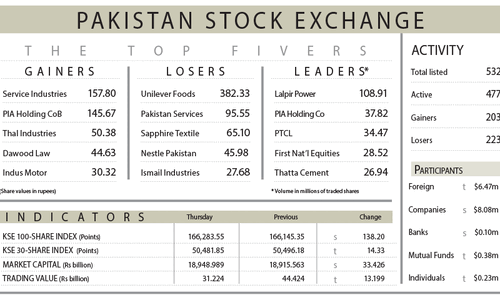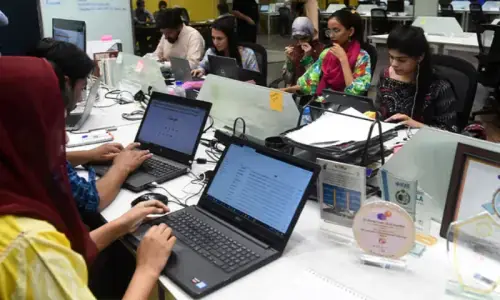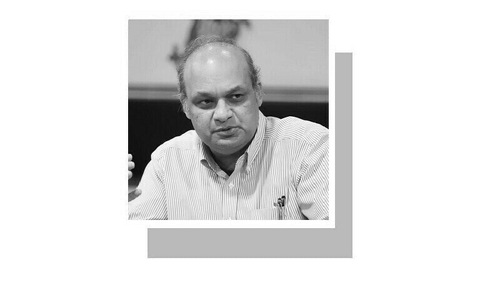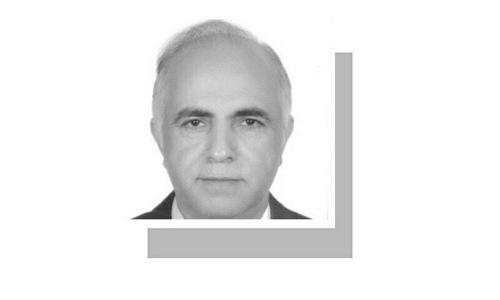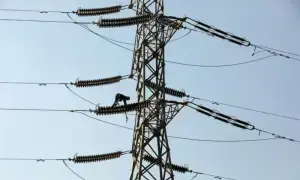ISLAMABAD: The findings of a World Bank report state that the poverty rate in Pakistan stood at 25.3 per cent in 2024, showing an increase of seven percentage points compared to 2023, with about 13 million additional people falling into poverty.
Moreover, in addition to the projected increase in poverty, poor households face disproportionately higher welfare losses and get pushed deeper into poverty, according to the report ‘Poverty Projections for Pakistan: Now casting and Forecasting’ released by the World Bank.
The analysis shows that since 2019, the last year when data to estimate poverty and inequality levels was available, Pakistan has experienced experience large macroeconomic and natural shocks. However, the absence of new household survey information limits the ability to access the implications of the different shocks on household welfare to formulate appropriate responses.
The now-casted results cover the period from the baseline in fiscal year 2019 to fiscal year 2023.
Shocks to the system
From 21.9pc in fiscal year 2019, poverty increased to 24.6pc during the Covid-19 crisis. After the main impacts of the Covid-19 pandemic passed, the country saw a post-pandemic recovery where poverty went down consecutively for two years, reaching 17.1 in fiscal year 2022.
However, at the start of fiscal year 2023, as a combination of devastating floods destroyed infrastructure and reduced agricultural output, together with record inflation levels and economic crisis, poverty increased again, the analysis shows.
The report showcases how using various economic data sources can be useful to assess the current situation in the absence of the current data. The results highlight the vulnerability to falling into poverty or destitution that Pakistani households face when confronted with shocks.
It also highlights that labour income has been the main driver for poverty reduction, resulting from people moving to better-paid employment opportunities during normal times.
It also shows that when shocks occurred, informality increased and served as a cushion to prevent unemployment, indicating that informal employment helped people stay economically engaged, albeit in low-productivity, low-wage activities.
Trend reversal
The report found that the projected poverty incidence rates mimic the broader economic upheavals caused by the pandemic, floods, and macroeconomic crises.
From a baseline value of 21.9pc in 2019, poverty is estimated to have increased to as high as 24.9pc and 25.3pc at the tail-end of the pandemic and period of high inflation in 2020 and 2023, respectively, with a period of recovery in between. Forecasts predict that, following economic recovery, the poverty headcount will decrease to 18.7pc by 2025.
Published in Dawn, January 1st, 2025


